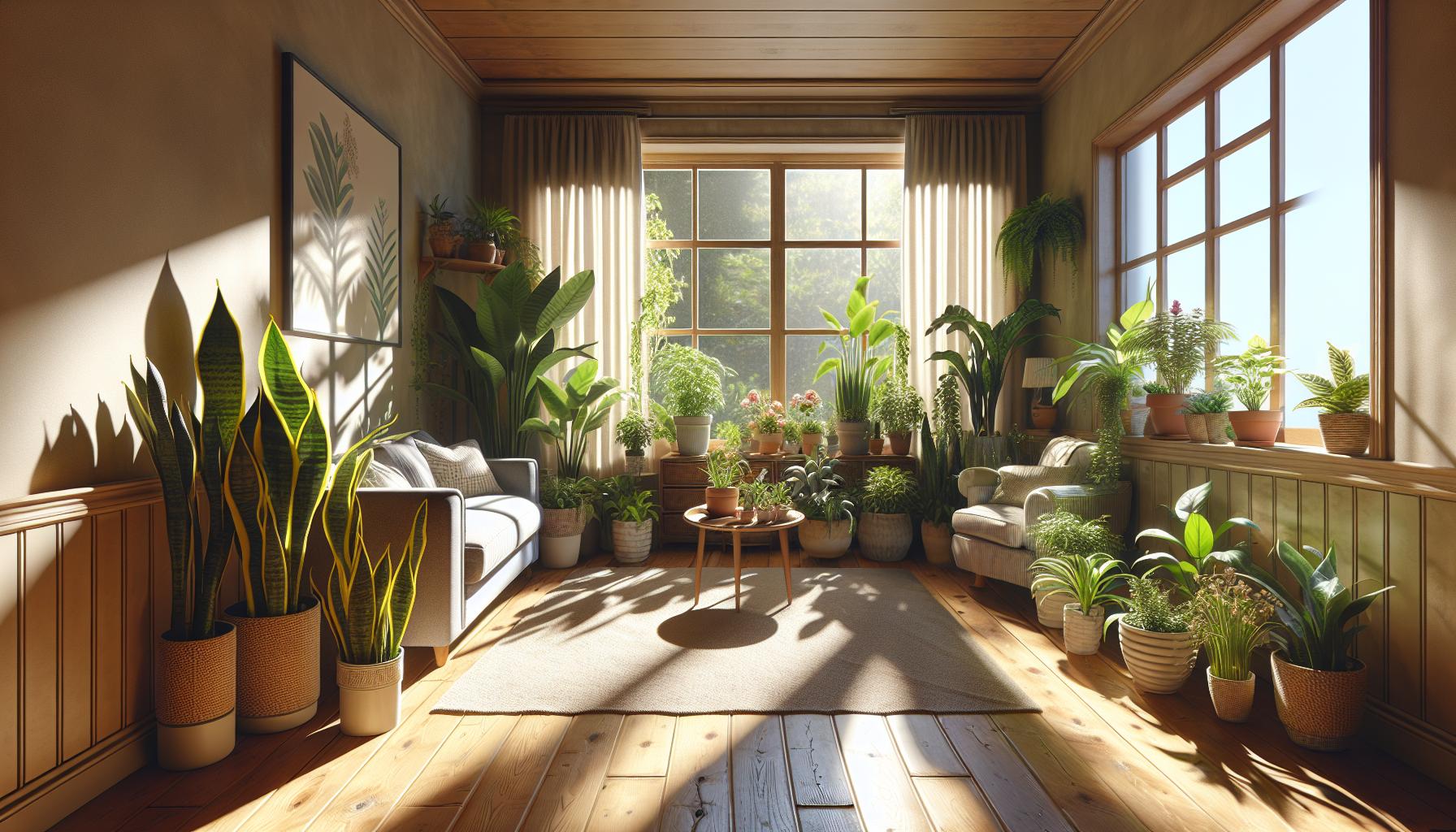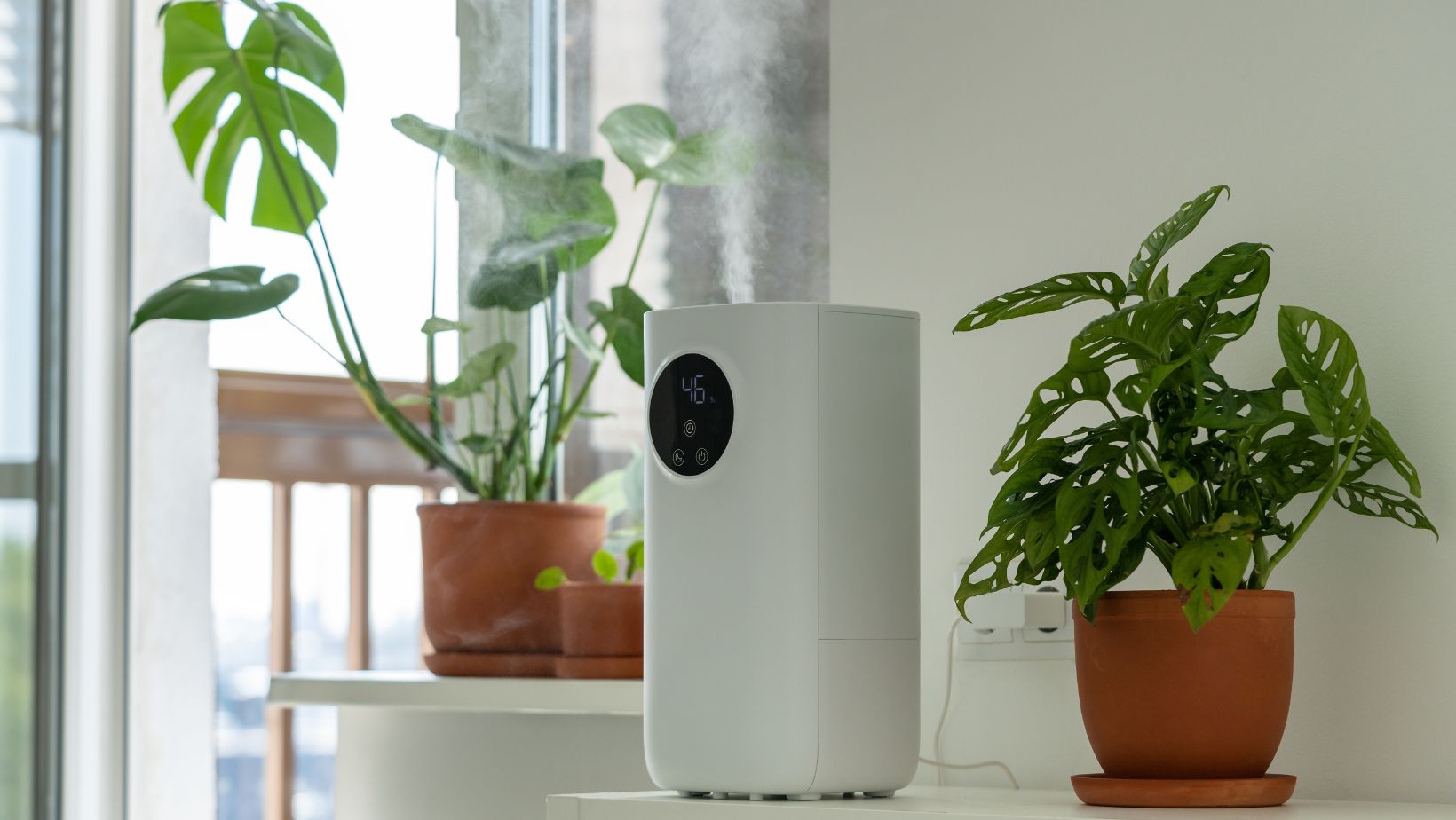Key Takeaways
-
- Luxury living real estate embodies a lifestyle of elegance, comfort, and exclusivity, making it more than just a property acquisition.
-
- The market for luxury homes continues to grow, driven by high-net-worth individuals seeking unique experiences and amenities.
-
- Key features of luxury homes include high-quality construction, advanced technology integration, and upscale amenities that enhance the living experience.
-
- Popular locations for luxury real estate include vibrant urban hotspots and serene suburban areas, each offering distinct lifestyle benefits.
-
- Understanding market trends, such as supply-demand dynamics and investment opportunities, is crucial for making informed decisions in luxury real estate.
-
- Buyers and investors must navigate challenges like economic fluctuations, high competition, and maintenance costs to succeed in the luxury market.
Luxury living real estate represents more than just a property; it embodies a lifestyle defined by elegance, comfort, and exclusivity. As urban landscapes evolve and affluent buyers seek unique experiences, the demand for high-end homes continues to soar. These properties often feature state-of-the-art amenities, breathtaking views, and architectural masterpieces that cater to the most discerning tastes.
Investing in luxury real estate isn’t just about acquiring a home; it’s about securing a piece of a prestigious lifestyle. From sprawling estates in serene neighborhoods to chic penthouses in bustling cities, each property tells a story of sophistication and opulence. Understanding the nuances of this market can empower buyers and investors to make informed decisions that align with their aspirations.
Luxury Living Real Estate
Luxury living real estate embodies a lifestyle marked by elegance, comfort, and exclusivity. Affluent buyers increasingly seek high-end homes that offer unique experiences amid changing urban environments. Luxury properties often feature top-notch amenities, such as gourmet kitchens, private pools, and spa-like bathrooms, appealing to discerning tastes.
Investing in luxury real estate transcends merely acquiring a dwelling; it’s about securing a prestigious lifestyle. Various types of properties are available, including penthouses, villas, and estates, each reflecting sophistication and opulence. Understanding this market equips buyers and investors with the knowledge necessary to make informed decisions that align with their aspirations.
The luxury market showcases varied architectural styles and locations, from beachfront properties to city penthouses, catering to diverse preferences. Buyers can find a range of options, ensuring their investments resonate with personal taste while promising value appreciation. As this sector evolves, keeping abreast of trends becomes essential for anyone considering an engagement with luxury living real estate.
Features of Luxury Living Homes
Luxury living homes include distinct characteristics that set them apart in the real estate market. These features appeal to buyers seeking an elevated lifestyle marked by sophistication.
Quality of Construction
Quality of construction in luxury homes reflects superior craftsmanship and attention to detail. Materials used are often sourced from premium vendors, ensuring longevity and aesthetic appeal. Structures frequently feature custom designs that enhance individual tastes. Energy-efficient systems are standard, promoting sustainability alongside luxury. Advanced technology integration, such as smart home systems, elevates functionality and convenience.
High-End Amenities
High-end amenities in luxury homes enhance the living experience significantly. Gourmet kitchens equipped with top-of-the-line appliances cater to culinary enthusiasts. Private pools and landscaped gardens serve as personal retreats, promoting relaxation and leisure. Spa-like bathrooms offer indulgent features, such as soaking tubs and rainfall showers, contributing to a sense of wellness. Home theaters and fitness centers provide entertainment and exercise options within the residence. Building community amenities often include concierge services, securing a lifestyle of convenience and exclusivity.
Popular Locations for Luxury Living
Luxury living real estate flourishes in various locations, each offering unique benefits and lifestyle choices. Here are two prominent categories where high-end properties thrive.
Urban Hotspots
Urban hotspots attract affluent buyers seeking vibrant city life. These economically thriving neighborhoods boast a fusion of culture, dining, and entertainment options. Key urban locations include:
-
- New York City: Manhattan’s Upper East Side features historic brownstones and ultra-modern condos with skyline views.
-
- Los Angeles: Beverly Hills boasts luxurious estates, upscale shopping districts, and proximity to Hollywood.
-
- Miami: South Beach offers beachfront condominiums and a lively nightlife scene appealing to global investors.
-
- San Francisco: Pacific Heights showcases Victorian homes and cutting-edge modern design in a picturesque setting.
Urban hotspots combine convenience with luxury, appealing to those who prioritize culture and connectivity.
Serene Suburbs
Serene suburbs provide a quieter, more spacious alternative to urban living. These areas cater to families and individuals looking for enhanced privacy without sacrificing accessibility. Notable suburban locations include:
-
- Scottsdale, Arizona: Known for its golf courses and high-end retreats, featuring sprawling estates with desert views.
-
- Weston, Florida: Offers master-planned communities with lush landscapes and an abundance of outdoor activities.
-
- Greenwich, Connecticut: Combines luxurious homes with top-rated schools and easy access to New York City.
-
- Naples, Florida: Features waterfront properties with exclusive beach access and a relaxed, affluent lifestyle.
Serene suburbs balance tranquility with luxury, making them attractive for those seeking spaciousness and a family-friendly environment.
Market Trends in Luxury Real Estate
Market trends in luxury real estate reflect the ongoing shifts in demand, supply, and investment strategies. Understanding these trends helps buyers and investors navigate this dynamic market effectively.
Demand and Supply Factors
Demand for luxury real estate increases due to various factors. High-net-worth individuals’ (HNWIs) growing wealth contributes significantly, driven by booming financial markets and investment returns. Urbanization impacts demand as individuals migrate to metropolitan areas for job opportunities and lifestyle benefits. Additionally, a shift towards remote work leads professionals to seek larger homes with dedicated office spaces, enhancing desirability.
Supply factors also influence luxury real estate trends. Limited inventory in sought-after locations, coupled with regulatory constraints, creates a competitive environment for affluent buyers. New developments often cater to top-tier amenities, attracting buyers who value exclusivity and sophistication. Moreover, luxury rentals gain traction as affluent individuals opt for flexibility, impacting traditional buying patterns.
Investment Opportunities
Investment opportunities in luxury real estate flourish as buyers recognize the potential for long-term appreciation. Wealthy individuals often invest in premium properties as a hedge against inflation and market volatility. Purchasing luxury properties in emerging markets offers attractive returns, especially in areas experiencing economic growth and urban development.
Joint ventures and partnerships also emerge as viable strategies, enabling investors to pool resources and access high-value properties. Additionally, luxury vacation homes serve as dual-purpose investments. These properties allow personal enjoyment while providing rental income, increasing their appeal in the luxury market. Awareness of evolving trends in luxury living real estate positions investors to capitalize on lucrative opportunities effectively.
Challenges in the Luxury Real Estate Market
Navigating the luxury real estate market presents several challenges that buyers and investors must consider.
Economic Fluctuations
Economic downturns impact buyer confidence, reducing demand for high-end properties. Buyers may hesitate when market conditions shift, which can lead to a slowdown in sales activity.
High Competition
Intense competition among luxury properties creates difficulties in differentiating listings. Sellers must ensure their homes stand out with unique features and compelling marketing strategies to attract discerning buyers.
Regulatory Changes
Regulatory changes can complicate transactions in the luxury market. Local laws regarding zoning, taxes, and foreign investment affect property values and investment decisions, creating potential hurdles for investors.
Financing Issues
Securing financing for luxury properties often poses challenges. Lenders may impose stricter criteria for high-value loans, making it harder for buyers to obtain necessary funds for purchases.
Maintenance Costs
Owning luxury real estate entails substantial ongoing maintenance costs. Sellers may find that high upkeep expenses and property management fees can deter potential buyers, impacting sales margins.
Market Saturation
Market saturation may occur in specific luxury segments as new developments arise. A surplus of properties can reduce prices and increase competition, leading to potential profit loss for investors.
Technological Adaptation
Adapting to technological advances is essential for real estate professionals. Failure to integrate innovative marketing tools and digital strategies can hinder effectiveness in reaching luxury buyers.
Addressing these challenges requires strategic planning and understanding of the luxury real estate landscape, ensuring informed decisions align with investment goals.
Luxury Living Real Estate
Luxury living real estate offers a unique blend of elegance and comfort that goes beyond mere property ownership. The evolving market reflects diverse preferences and changing lifestyles, making it essential for buyers and investors to stay informed about current trends. Whether seeking the vibrancy of urban hotspots or the tranquility of suburban retreats, there’s a luxury property that caters to every taste.
Navigating this competitive landscape requires a keen understanding of market dynamics and the ability to adapt to challenges. With the right insights and strategies, one can successfully invest in a lifestyle that embodies sophistication and exclusivity, ensuring a rewarding experience in the luxury real estate sector.

 Based on extensive research including NASA’s Clean Air Study I’ve identified the most effective air-purifying plants for indoor spaces. These plants excel at removing specific airborne toxins while requiring minimal maintenance.
Based on extensive research including NASA’s Clean Air Study I’ve identified the most effective air-purifying plants for indoor spaces. These plants excel at removing specific airborne toxins while requiring minimal maintenance.